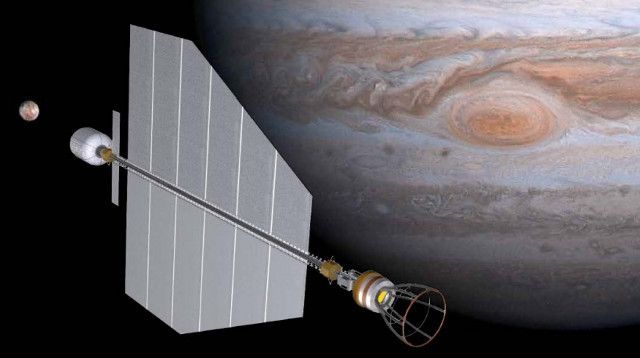Nov 12, 2017
A baby could be born on the moon in a few decades
Posted by Klaus Baldauf in categories: habitats, space
In Donald Trump’s inaugural speech last January, lost amidst his description of “American carnage,” was a more optimistic promise that the country was “ready to unlock the mysteries of space.”
It’s unclear if the line was anything more than political lip service, but one thing is certain: The quest for the stars is racing forward regardless of who occupies the Oval Office.
A once impossible but now plausible scenario can be found in Andy Weir’s new book “Artemis” (Crown, Nov. 14), which is set in the world’s first lunar city. The action takes place in the year 2080 in Artemis, a city with a population of 2,000 that’s part tourist attraction, part housing complex and part mining operation. The protagonist, Jazz Bashara, whom Rosario Dawson, the audiobook’s narrator describes as “super MacGyver,” is a young porter who runs a small smuggling operation on the side, obtaining contraband, such as alcohol, for the colony’s population. When one of Jazz’s wealthy clients offers her a chance to make the potential score of a lifetime, the young woman finds herself in over her head and caught up in a far-reaching conspiracy.
Continue reading “A baby could be born on the moon in a few decades” »

















